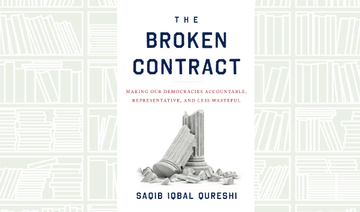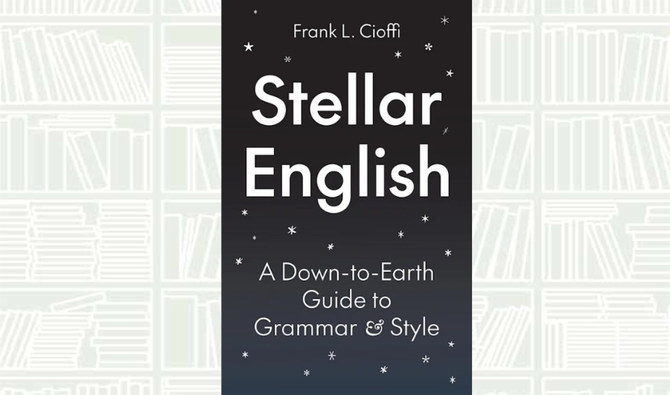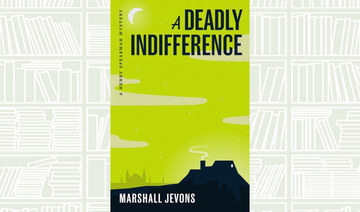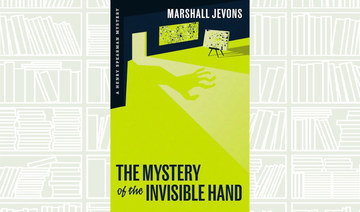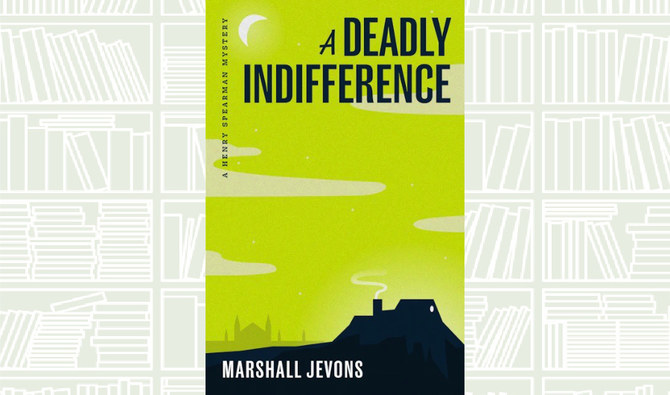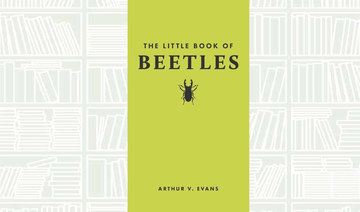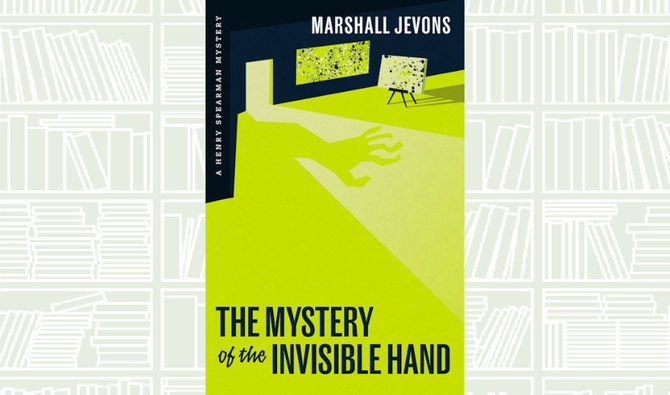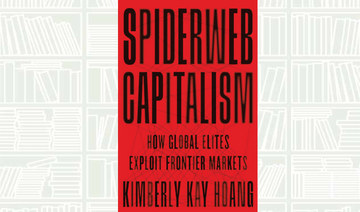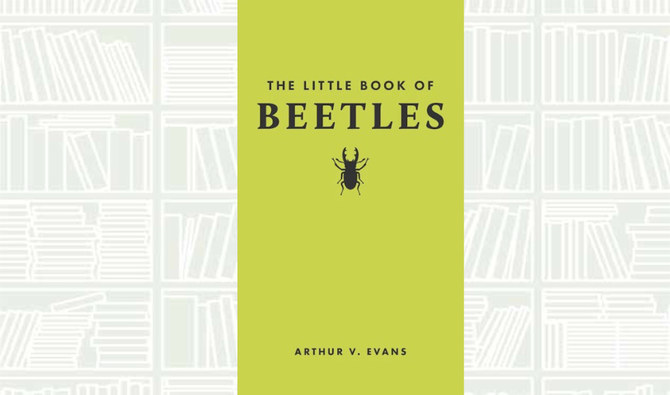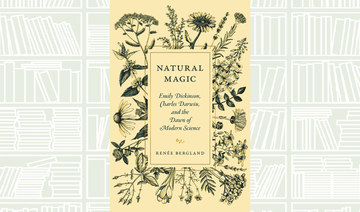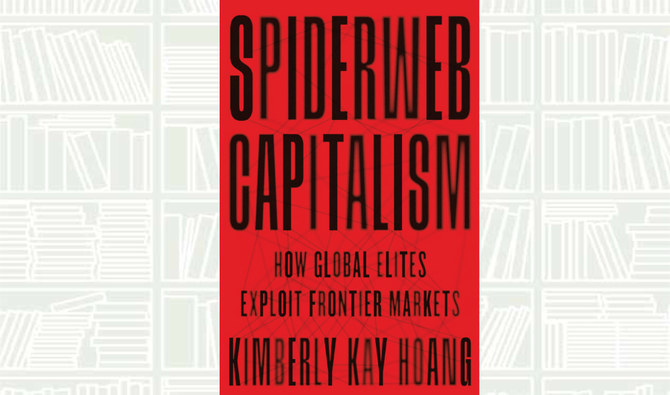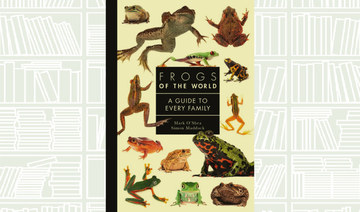Art lovers looking for a quick and easy read, but one with depth and character, will find much to enjoy in Kimberly Drew’s debut book, “This Is What I know About Art.”
In a deeply personal account, the art writer and curator recalls going to museums with her father when she was a young child growing up in New Jersey. At some point, she realized that she had never visited a museum or gallery with her mother — and wondered if it that was because those spaces did not feel welcoming or “representative.”
During college, an internship at the Studio Museum in Harlem, New York, inspired her to start a blog, “Black Contemporary Art,” in which she highlighted lesser-known Black artists. Soon, the blog became the basis for a digital community, with loyal readers and Black artists continuing to inspire her.
When Drew’s Instagram account @MuseumMammy became popular, Prada, the White House and even Instagram asked her to do takeovers on their social media channels.
After switching from mathematics and engineering, Drew completed a double major in art history and African-American studies at Smith College.
As a lover of the arts, Drew said that she knew what was going on in the art world “just did not add up,” so she shifted focus and began using her skills to promote more Black artists.
She recalls being plagued by imposter syndrome after becoming social media manager at the Metropolitan Museum of Art in New York City. However, later, she becomes too confident — she describes that era as going from “fraud to peacock.”
Drew also discovered that people such as her mother appeared reluctant to visit the MET, the opulent Fifth Avenue landmark that is home to over 5,000 years of art history from around the world.
Many instantly recognize the name Andy Warhol, but most cannot single out a “Black Andy Warhol,” or even one Black artist, Drew writes, a situation she is determined to change.
The book also features colorful illustrations by Hawaii-born, LA-based visual artist Ashley Lukashevsky, who illustrated all of the recently published Pocket Change Collective, a four-book series aimed at teen and young adult readers.




